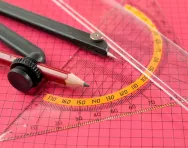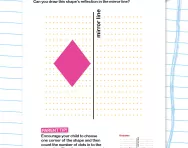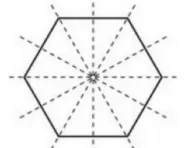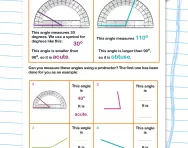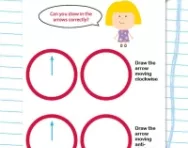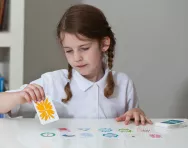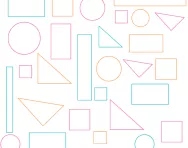TheSchoolRun.com closure date
As we informed you a few months ago, TheSchoolRun has had to make the difficult decision to close due to financial pressures and the company has now ceased trading. We had hoped to keep our content available through a partnership with another educational provider, but this provider has since withdrawn from the agreement.
As a result, we now have to permanently close TheSchoolRun.com. However, to give subscribers time to download any content they’d like to keep, we will keep the website open until 31st July 2025. After this date, the site will be taken down and there will be no further access to any resources. We strongly encourage you to download and save any resources you think you may want to use in the future.
In particular, we suggest downloading:
- Learning packs
- All the worksheets from the 11+ programme, if you are following this with your child
- Complete Learning Journey programmes (the packs below include all 40 worksheets for each programme)
You should already have received 16 primary school eBooks (worth £108.84) to download and keep. If you haven’t received these, please contact us at [email protected] before 31st July 2025, and we will send them to you.
We are very sorry that there is no way to continue offering access to resources and sincerely apologise for the inconvenience caused.
What are clockwise and anti-clockwise?
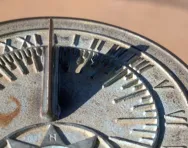
What are clockwise and anti-clockwise?
When something moves in a clockwise direction, it is moving in the same direction as the hands on the clock: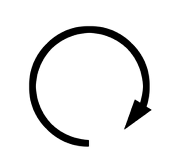
When something moves in an anti-clockwise direction, it is moving in the opposite direction:
The language of direction in primary school
Children start learning the language of direction in Year 1, when they talk about whole, half, quarter and three-quarter turns.
By the end of Year 2, they should be able to talk about these turns, but to explain which direction they are going in, clockwise or anti-clockwise. During Year 2, children will also learn to tell the time to the quarter hour, so they should be aware of the direction the hands on the clock go.

Teachers will help children practise directional language by:
- getting them to stand up and make quarter, half and whole turns in either a clockwise or an anti-clockwise direction
- putting the children into pairs and asking them to give each other directions
- giving the children a small doll or figurine and giving them activities where the doll has to be moved in a certain way.
Learning about quarter, half and whole turns is the foundation for learning about angles, a concept which is built on gradually, year after year.
In Year 3, children will need to recognise right angles and to know that two right angles make a half turn, three make three-quarters of a turn and four a complete turn.
In Year 4, children need to know about acute and obtuse angles..
In Year 5, children start using a protractor to measure acute, obtuse and reflex angles. Throughout this time, they will still need to be aware of turning either clockwise or anti-clockwise. Children also need to calculate angles around a point, on a straight line and within 90°.
Children who are in Year 6 need to rotate shapes through 90˚ or 180˚ either clockwise or anti-clockwise. They will need to use a protractor to measure and draw angles and calculate angles in a triangle or around a point. An example question they might come across is:
Rotate this shape 90˚ clockwise about the vertex marked in red: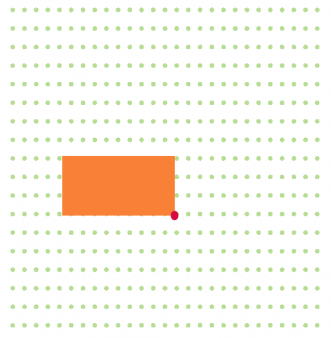
The shape would need to be rotated so that it was in this new position (light orange):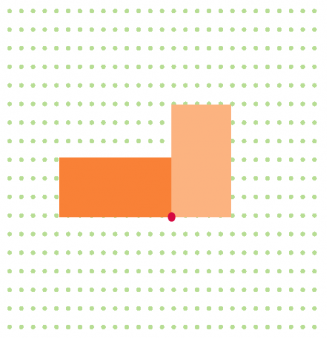
Another example question could be:
Rotate this shape 180˚ anti-clockwise about the vertex marked in blue.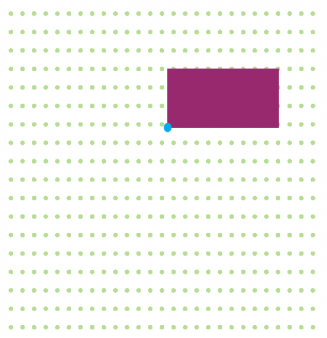
This (light) purple shape shows where the rectangle would be after this rotation.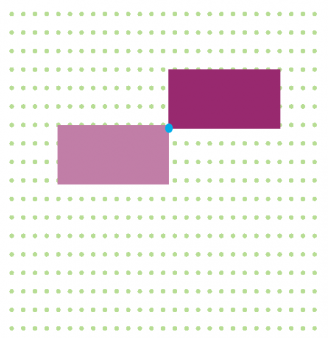
These exercises show how it is important for children to be made familiar with clockwise and anti-clockwise turns throughout their time at primary school. Often children will find visualising the shapes difficult, so teachers may cut out shapes for them so that they can physically move them around.
Year 6 children also need to find unknown angles in triangles, quadrilaterals and regular polygons.

